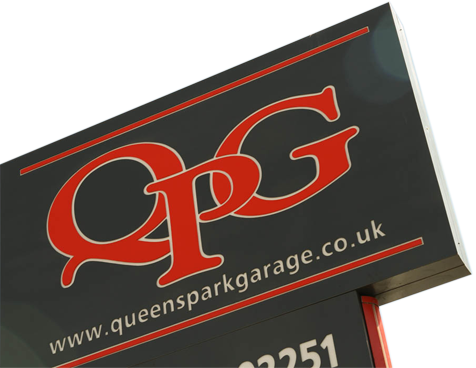Brake, rattle and roll - common faults and when to call us!
It’s time to delve a little deeper into brakes and what their common faults are.
Looking back on our last blog, we went through the main components and how they work. I’ll be explaining a few common problems and how/why they happen and most importantly what you can do to prevent these problems from happening!
Remember the discs and pads setup?
This is the most common brake set up and will be on at least the front of every car since the horse and chariot (with a few exceptions)
As the disc rotates with the wheel, the pad clamps the disc either side of it as you apply the brake and it slows you down, simple, right? Right.
Casting your mind back to those school science lessons again, to the subject of friction. This causes a lot of it, which is good because, well, otherwise your brakes wouldn’t work…
Now obviously they wear with use. Generally, the pads will wear quicker than the discs as they’re a softer material but it’s always advisable to have the brake discs checked before just assuming you can do the pads on their own as the discs do wear as well.
Here’s some discs that have worn down so thin they’ve snapped which is, well, horrifically dangerous!
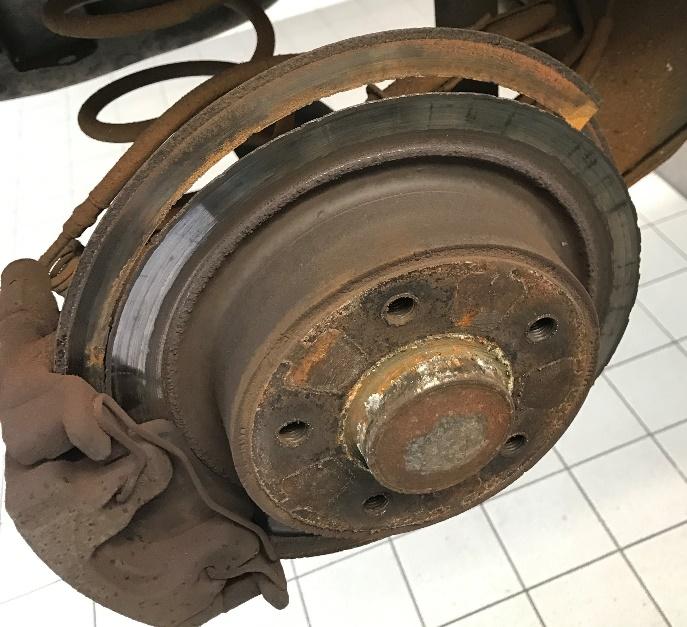
This is very uncommon, unless you never have your car serviced or are doing 40,000 miles a year, you’re unlikely to come across this problem, but it can happen, clearly…
If you’re not doing very many miles you’re probably thinking, great! My brakes are going to be in A1, tip top condition and I haven’t got to worry.
Sorry but it’s time for the jar again because you’re probably going to want to swear at me…
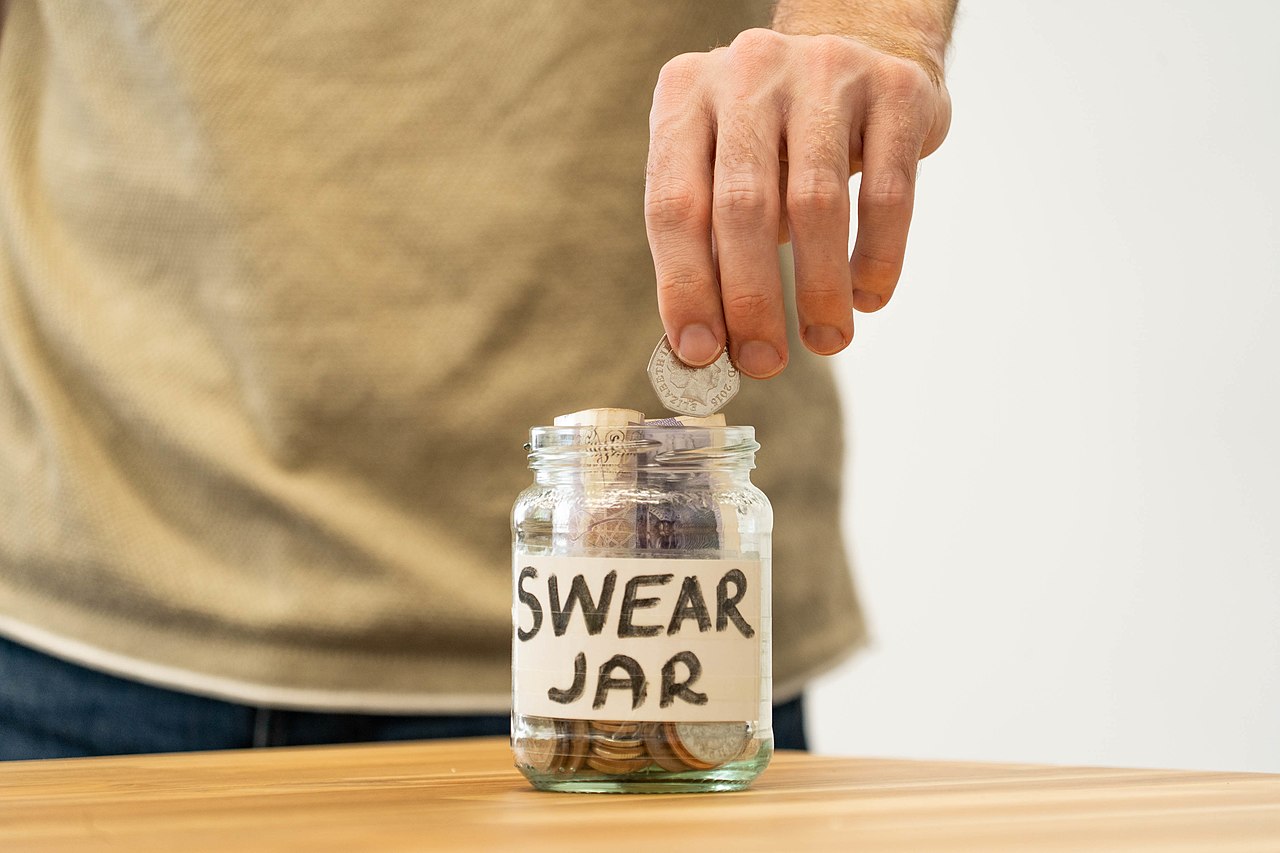
By NOT using your car all that often they can seize, which causes its own problems. Let me explain.
The pads that sit in the caliper carrier should move, so when you take your foot off the brake, the pads release and aren’t holding your brakes on all the time, it’s only a fraction of a millimetre but it’s enough to stop them binding on.
If the pads seize in the carriers they can start to wear unevenly or as mentioned, cause the brakes to bind on which is where the brakes don’t release when you remove your foot from the pedal so you’re driving with the brakes on – which is about as good as the song of the same title – awful. Just awful!
In extreme cases of binding brakes, worst case scenario, your brakes catch fire. Not what you want on a Monday morning on your way to work… or come to think of it, on a Tuesday, Wednesday, Thursday, you get the idea, fire = bad! Although that’s very unlikely, it can happen!
You’re more likely to see the brakes wear unevenly and overheat the pads and in bad cases the discs as well, in which case you’ll need to replace discs, pads and carry out a brake fluid change.
Overheated brakes are a lot less efficient, and the braking surface of the pads turn brittle and start crumbling away, like a digestive biscuit that’s been held too long in a warm cup of tea.
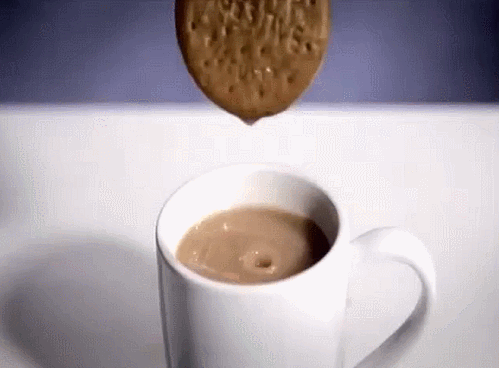
So, what causes the brakes to seize? Let me enlighten you.
Most common is poor preparation when replacing the discs and or pads. If the contact surfaces on the caliper carriers aren’t cleaned or special grease applied properly, corrosion can build up and cause the pad to seize in the carrier.
Another common cause is the caliper to seize, this is generally down to lack of brake fluid changes as the caliper corrodes from the inside and restricts movement of the piston thus, causing your brakes to bind.
Another reason can be the caliper slider seized, as most calipers only have one piston, the caliper needs to slide to act on the pads on both sides of the disc.
As the piston pushes out, it meets the inner pad and pushes against it. The caliper wraps around the pads on both sides of the discs and the sliders allow the caliper to move and act on the pad on the other side of the disc, causing even wear on both the pads and the discs.
However, if one of the sliders is seized it will prevent the caliper from moving and will cause uneven wear on the pads. Here is an example of an upper slider seized which has prevented the pad from wearing at the top and forced it to wear excessively at the bottom this caused not only the pad to wear unevenly, but the owner of said vehicle to swear!
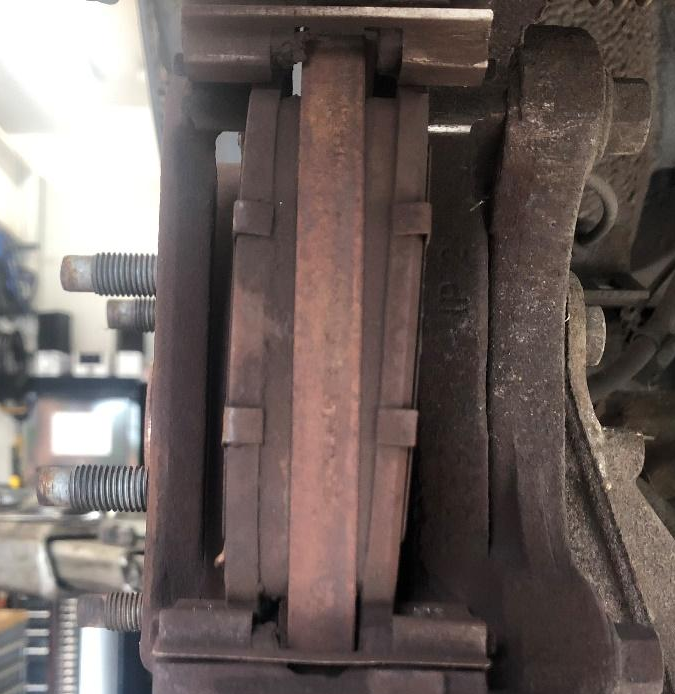
Moving on to rear brakes, and the drum setup. Again, those of you that read the first blog on brakes will remember the drum setup, those of you that still haven’t read it ... off you pop, I’ll wait for you.
…Welcome back, let’s crack on!
So, first things first and probably the most common problem we see on drum brakes, above anything else, is a wear lip on the inner edge of the braking surface. Doesn’t sound horrendous does it, but there’s a technical term we have for it in the trade which is “pain in the arse” which, believe it or not is actually the polite version.

I think we’re going to need a larger jar …
That’s because the lip forms behind the brake shoes and must come over the shoes to remove the drum, so before we can even get inside the brake drum to inspect the brakes, we have an issue accessing them and can cause damage to the shoes trying.
However, once we’ve fought with it and managed to get inside the drum and to a point where we can inspect the internal workings, what’s common?

In a nutshell, the wheel cylinder. That tiny little cylinder at the top there, has a piston either side and when you press the brake pedal it pushes both the pistons out and they act on the shoes. As explained earlier as part of the front discs, when you release the brake pedal the brakes need to release very slightly. If the wheel cylinder pistons are seized or even one of them is seized, they will hold the brakes on wearing everything prematurely and causing the brakes to overheat.
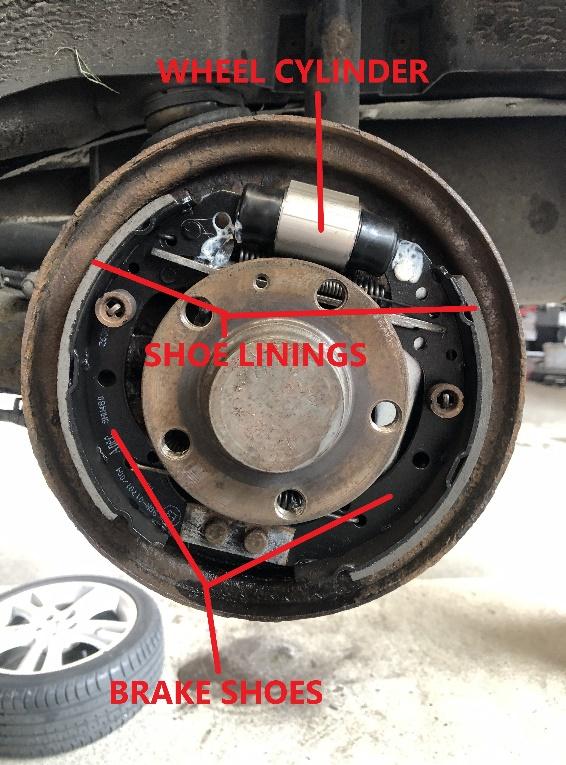
The precious little wheel cylinder is also prone to leaking, which as you can imagine – Not. Ideal.
In fairness with regular servicing, we usually catch them before they leak horrendously, although if not caught in good time they can end up leaking brake fluid all over the shoes and destroying the linings, requiring a complete replacement of brake shoes and cylinders. Which can get costly.
The only other thing we generally find wrong with the rear brakes is poor adjustment. The shoes are designed with an automatic adjuster so when they wear, they are pushed out towards the drum so that there is very little travel on the brake pedal, and they are always at optimum performance. However, these rarely work 100% correctly. We end up having to help them along during an inspection or service and we manually adjust them so that they’re working correctly. You may notice that after a service, your handbrake will feel a lot better, that’s because after having a fight with the drums, throwing a few quid in the swear jar, we clean up the dust and debris that collects inside the drum and adjust the shoes, leaving you with efficient and well-maintained brakes!
Of course, there are other issues we encounter but these are the most common that we come across, day to day we see these issues and although most of them aren’t immediately dangerous, it doesn’t take much to push them over the edge to become so.
So do be wary of any changes to your brakes, be it a noise, a change in how the pedal feels or any change to the norm, remember if in doubt – get it checked out!!
Now you know what some common faults are, hopefully this will help you better understand, if ever you are faced with any of these issues, what we are talking about when we explain it to you.
We hope you have found this blog helpful, please tune in again for the next one in the series of brakes where I delve into what we do in order to fix any issues and what we do to prevent it from happening again!
Remember, if in doubt, get it checked out!
Follow us on Instagram, and Facebook to tune in next time the find out how we fix your brakes to keep you safe on the roads.



